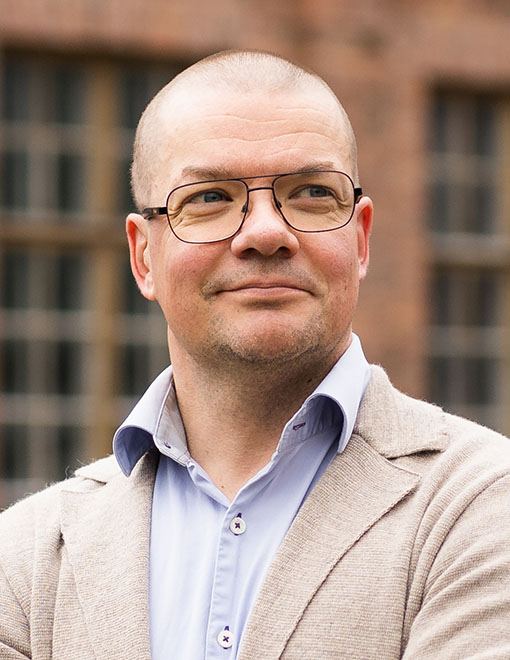22/11/2022
How can we ensure industrial resilience during the coming winter?
The current energy crisis has forced us to think about how to secure critical infrastructure and manufacturing operations. Concrete measures include the implementation of emergency fuel systems and moving away from natural gas in production plants. We should also examine the threat scenarios and resilience of our own activities more broadly once we have overcome the acute situation.
The term resilience has become widely used in various contexts in the media – first in regard to the COVID-19 pandemic and especially now, after Russia started a war of aggression. In general, resilience refers to the ability to withstand crises and recover from them.
Industrial resilience is also the ability to operate during a potentially protracted crisis and to develop operations in ways that ensure coming back even stronger after the crisis. I find this aspect of operational development very important, because there will always be new crises, and learning from past ones allows us to be better prepared to face future crises.
One good framework for a more holistic approach to resilience in general, and especially to drawing up measures, is the four-step model used to promote cybersecurity: Predict, Prevent, Detect, Respond.
Resilience starts in design
When investing in new production plants or developing existing ones, factors that improve resilience should be taken into consideration already at the planning stage. It is only natural that taking cybersecurity into account at a very early stage is very important, as today nearly all production is dependent on information networks to some extent.
In addition, the availability of various automation components has recently been subject to delays of several years, at worst. For this reason, it may be necessary to design alternative solutions when considering new investments, in order not to be entirely dependent on a single supplier.
Buffer capacity for increased operational flexibility
Simple ways of increasing the “physical resilience” of an investment at the design stage include
- several parallel energy production methods
- ensuring sufficient backup power capacity
- duplication of critical systems and
- an optional ring main unit for electricity distribution.
Operational flexibility can also be promoted by designing sufficient buffer and accumulator capacity to be able to continue the process after a deviation occurs. This buffer capacity may make it possible to avoid periods of peak electricity pricing. This way, equipment such as dairy refrigerators or refiners of board mills do not have to run at times when energy is expensive.
Making use of inexpensive energy with smart management
Adding predictive and intelligent management to storage and buffer capacity enables the use of these systems designed for disruptive situations even under normal conditions, to improve the efficiency of business operations.
Predictive management of energy-intensive processes enables activities to be concentrated in hours when energy is inexpensive. This is a good example of how crisis preparedness can strengthen operations further even after a crisis.
Naturally, we cannot be prepared for everything, and the development of resiliency is always a continuous process. It is important to remember that investing in design and technology in the planning stage will always be significantly less expensive than altering systems after the fact – or especially during an ongoing crisis.
Want to know more? Check out these related articles:
Teemu Turunen
Our employees are the key to our success, and we treat them with respect. Hear from those who know it best – here is one of the stories from Teemu Turunen, currently working as Business Development Director at Elomatic.
Note: video is in Finnish
Energy crisis or growing pains?
The options for solving the energy crisis have been known for a long time – now the actual solving of the issues should take priority. In Finland, the forest industry produces a large portion of the renewable energy, but also uses a lot of energy just the same. Our special characteristics also include our district heating network that enables the large-scale distribution of heat from different sources. We need investments in things such as promotion of the circular economy and storing of energy.

